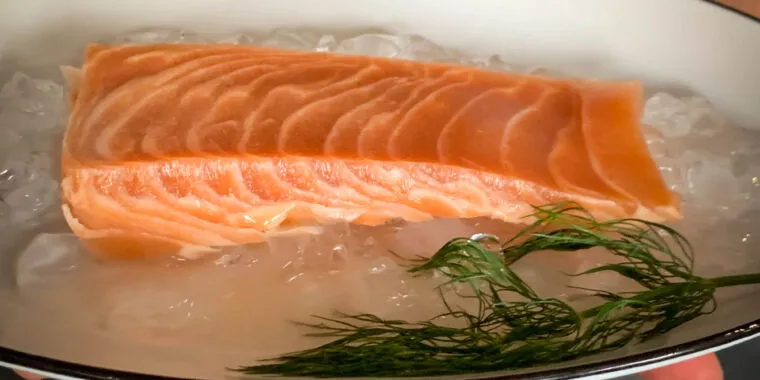- cross-posted to:
- [email protected]
- [email protected]
- [email protected]
- cross-posted to:
- [email protected]
- [email protected]
- [email protected]
There is a discussion on Hacker News, but feel free to comment here as well.
So it seems they essentially freeze dry a gel and use the holes left behind from the water after drying to add in proteins and such to make the meat feel more realistic. Pretty neat. Said it’s close, but not as full of flavor when cooked as salmon, and ceviche left it softer than salmon would.
Also said desert instead of dessert but whatever.
This is the best summary I could come up with:
The plant-based theme ingredient came from a Toronto startup called New School Foods that has been developing a way to construct a salmon substitute with not just the taste but also the texture of the real thing.
That comped meal came hours after CEO Chris Bryson gave his sales pitch for the company during a panel at the Collision conference there, in which he said that New School’s goal was to see its products “enthusiastically adopted by non-vegans.”
It showed off brownish-pink blocks with striations like the fat in real salmon, except that its color, taste, and soft mouthfeel made me think more of high-end canned tuna.
Dinner also included three vegetable dishes to break up those “fish” courses (a mushroom medley, a summer salad, and a fennel-plus-zucchini combo), a desert of a citrus tart, and quite a lot of good wine.
At the dinner, Bryson emphasized that New School is still iterating with its product, saying, “It is a beta, if you will.” The company plans to launch a pilot program for restaurant chefs in North America later this year.
And while you might shrink from eating an aquatic creature like an octopus that shows signs of higher thought, salmon and other finned fish don’t raise the same ethical hackles.
The original article contains 1,139 words, the summary contains 211 words. Saved 81%. I’m a bot and I’m open source!


